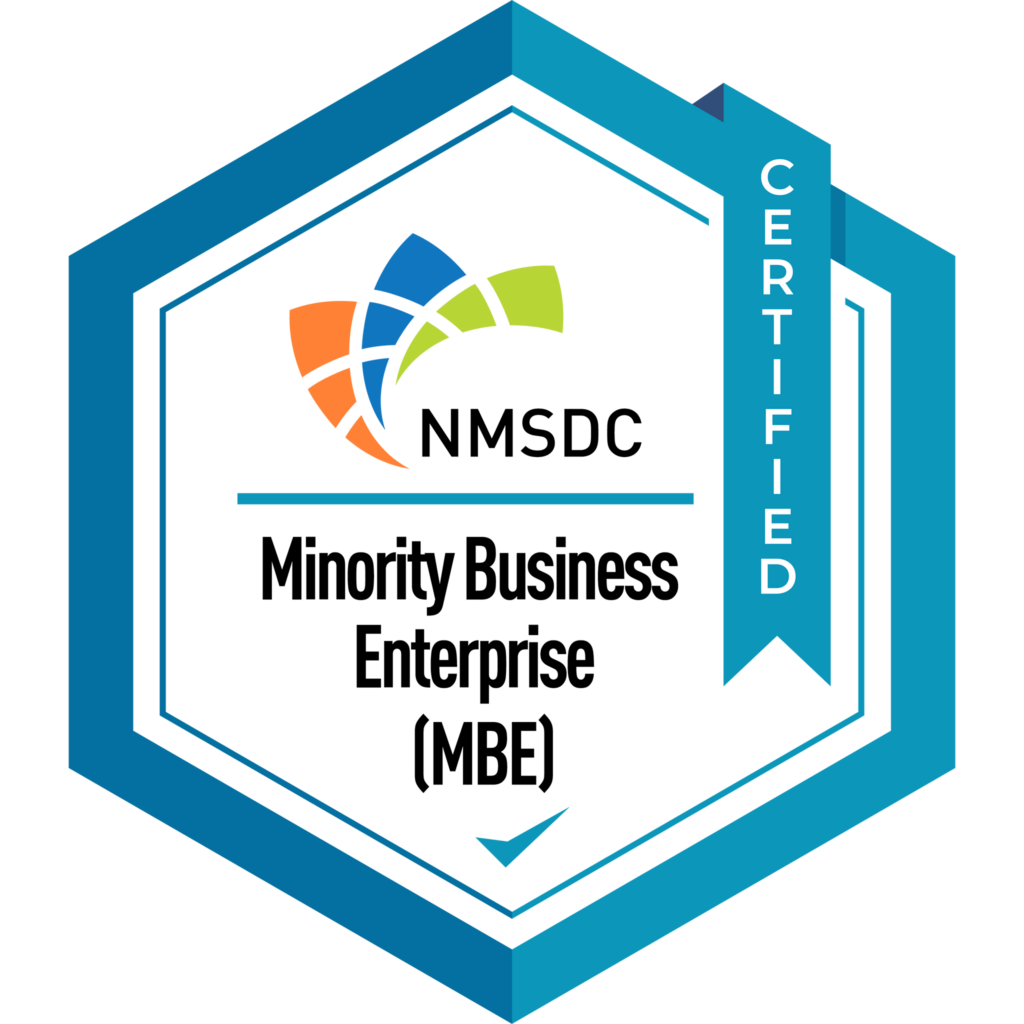In the rapidly advancing landscape of information technology (IT), the evolution of public cloud services is a pivotal force. With data centers worldwide, public cloud services enable businesses to expand their operations globally without investing in physical infrastructure. Cloud service providers (CSPs) often operate on a pay-as-you-go model, where businesses only pay for the resources they use. This cost efficiency allows companies to reduce capital expenditures on IT infrastructure and reallocate these funds toward innovation and growth. Public cloud services also allow businesses to scale their infrastructure up or down based on demand. This capability makes adapting quickly to changing market conditions easy, making companies more agile and competitive. In this post, we explore three trends shaping the evolution of public cloud services: generative AI, multicloud strategies, and sustainable computing. Join us as we navigate these topics and examine how they open new business opportunities.
Trend 1: Generative AI
Generative AI is a popular topic because of its broad applications across various industries and domains. It can be used to create new content, including text, audio, images, and even code and videos. It allows businesses to:
- Improve efficiency and productivity: Businesses can automate and optimize tasks that require human intelligence, such as writing, coding, data analysis, and decision-making, which can save time and resources.
- Personalize customer experience: Businesses can tailor their products and services to the preferences and needs of individual customers. This includes generating personalized recommendations, content, and feedback that can increase customer satisfaction and loyalty.
- Expand market opportunities: Generative AI can help businesses create new products and services that can meet the demands and expectations of existing and potential customers, such as new music, art, games, and entertainment, that can generate new revenue streams and competitive advantages.
To help companies get started, public CSPs provide foundation models, applications, and developer tools. Foundational AI models like GPT-3.5, Codex, DALL-E 2, and Titan are found in Microsoft Azure® OpenAI® Service, Google Model Garden on Vertex AI™, and Amazon Titan®. These models can perform various natural language processing tasks, such as text generation, code generation, image generation, and semantic search.
Generative AI Adoption Patterns
A survey by KPMG found that 80% of surveyed firms planned to increase their investments in generative AI by more than 50% by the middle of 2024.1 Companies plan to create AI-infused applications and boost conversational AI via chatbots—cutting costs and boosting productivity. But as the adoption of these cloud-based services grows, CSPs must help their customers solve various challenges around AI, such as privacy and security.
Security in the Cloud
The input to generative AI is often sensitive personally identifiable information (PII) or proprietary data. To succeed with AI, companies must protect their data, customers’ data, and intellectual property (IP). To help meet these companies’ needs, CSPs like Microsoft, Google, Amazon Web Services® (AWS®), and Alibaba Cloud continue to expand their secure computing instances. They use technologies like Intel® Trust Domain Extensions (Intel® TDX), which secures sensitive data and helps reduce attack surfaces.
Automation
To be successful with generative AI, companies need experts who can fine-tune their AI models for infrastructure and domain-specific data. They also need prompt engineers who are quick and adept at using large language models (LLMs) and who can create automation pipelines and scripting engines.2
Trend 2: Multicloud
The second trend we see is increased adoption of multicloud environments. The number of companies with a multicloud strategy—that is, buying cloud services from more than one provider—is predicted to grow from 76% in 2023 to 85% in 2024.3 With multicloud environments, companies can select the best products and services for their businesses while opening opportunities to reduce their cloud spend. To manage the complexity of working across different public clouds, businesses rely on standardized interfaces and protocols, cloud orchestration tools, and network virtualization and automation techniques that simplify operations.
A multicloud strategy can also help address regulatory requirements relating to data sovereignty. Companies can gain regional flexibility to store and process data where needed to meet compliance standards.
Public CSPs are responding to their customers’ multicloud strategies by looking for opportunities to be more competitive as customers shop for the best deal. Microsoft’s alliance with OpenAI has given it a strong position in the AI space. However, it still faces fierce competition from Google and AWS, who are also innovating and expanding their AI capabilities.
CSPs also respond to this trend by positioning themselves for different market segments. Microsoft and Google focus their go-to-market efforts for AI on consumers and enterprise users. In contrast, AWS focuses its AI offerings on developers, and Meta distributes AI technology through partnerships.4
Trend 3: Sustainability Initiatives
The third trend is public CSPs increasing their sustainability initiatives to decrease costs, align with corporate goals, and comply with regulations. Environmental, social, and governance (ESG) concerns and corporate social responsibility (CSR) initiatives motivate CSPs to set aggressive goals to reduce energy use, increase the use of renewable energy, and reduce carbon emissions. They strategically address various aspects of sustainability, including:
- Energy efficiency: CSPs proactively improve server utilization, deploy cutting-edge cooling systems, and implement intelligent power-management solutions to maximize energy efficiency.
- Renewable energy: CSPs are making significant strides in embracing eco-friendly power sources, including solar, wind, and hydroelectric energy. This strategic shift reduces dependency on fossil fuels, consequently curbing greenhouse gas (GHG) emissions.
- Carbon emissions initiatives: Some CSPs use carbon offsets to counterbalance their carbon footprints. This involves participating in programs that reduce GHG emissions, such as supporting reforestation projects or investing in renewable energy.
CSPs have a huge opportunity: the IT sector in the U.S. is responsible for an estimated 1.8% of the country’s electricity consumption and is a significant driver of carbon emissions.5
What’s Next?
CSPs are forecast to build more than 300 new data centers worldwide by 2024, with the biggest housing at least 100,000 servers.6 As they build capacity, CSPs will address the trends we’ve discussed.
CSPs are building out servers with specialized hardware acceleration through GPUs and purpose-built AI processors to support generative AI. Acceleration engines that drive higher AI performance have also been integrated into CPUs. When they can, CSPs are adopting these new CPUs to lower costs.
To continue to attract customers pursuing multicloud strategies, CSPs differentiate their offerings to better compete. Google Cloud Platform™ (GCP™) is known for its internal research, expertise, and role in developing open-source technologies, like Kubernetes® for orchestration and the Istio® service mesh. Look for more of the same and an increased focus on generative AI. Google recently released Gemini, its most powerful suite of AI models yet. Microsoft Azure specializes in services for enterprises, and it continues to innovate with offerings like Azure AI Studio, a state-of-the-art platform that simplifies generative AI application development. Microsoft has also announced its line of AI chips. AWS, meanwhile, has a large breadth and depth of services. To attract more customers, AWS is expanding its AWS Graviton® family of chips and offering an AI chatbot named Amazon Q for business customers.
CSPs are exploring cooling data centers with liquids other than water to reduce water consumption significantly. They are also looking for CPUs and other hardware that provide better performance per watt. At the same time, CSPs are encouraging their suppliers to shrink the carbon footprints of their manufacturing processes.
To Learn More
Ready to dig deeper into cloud topics? In the report “Cloud Computing: Why You Should Be Looking Under the Hood,” Prowess Consulting explains how you can select instances that improve cloud performance, efficiency, and total cost of ownership (TCO). Or, if you want to learn more about choosing cloud storage, read “Going Cloud-Native: Tips for Choosing the Right Cloud-Based Storage Solution for Your Business.”
To learn more about what we do at Prowess Consulting, view our latest research and follow us on LinkedIn.
1 Economist. “Generative AI will go mainstream in 2024.” November 2023. www.economist.com/the-world-ahead/2023/11/13/generative-ai-will-go-mainstream-in-2024.
2 Google Cloud Tech. “AI and the future of Cloud.” May 2023. https://www.youtube.com/watch?v=_psrFlwA_UU.
3 Forbes. “The 10 Biggest Cloud Computing Trends In 2024 Everyone Must Be Ready For Now.” October 2023. www.forbes.com/sites/bernardmarr/2023/10/09/the-10-biggest-cloud-computing-trends-in-2024-everyone-must-be-ready-for-now/?sh=445b959866d6.
4 Zinnov. “The Generative AI Gold Rush: Tailored Strategies of Leading Hyperscalers.” August 2023. https://zinnov.com/digital-technologies/the-generative-ai-strategies-of-leading-hyperscalers-blog/.
5 Berkeley Labs. “United States Data Center Energy Usage Report.” June 2016. https://eta.lbl.gov/publications/united-states-data-center-energy.
6 The Economist. “The cloud is the fiercest front in the chip wars.” October 2022. www.economist.com/business/2022/10/06/the-cloud-is-the-fiercest-front-in-the-chip-wars.
Related Posts

SharePoint vs. OneDrive: Which One Is Right for Your Business?
Comparing Microsoft® SharePoint® to Microsoft® OneDrive® isn’t entirely straightforward, because it is not an apples-to-apples comparison. You might need both, or you might need neither.

Navigating Hybrid Data with Microsoft® Azure® Arc for Seamless Management
Organizations like yours face an intricate challenge when managing a blend of on-premises, cloud, and edge resources. IT resources sprawled between your on-premises IT estate

Do You Know How to Choose the Right Hardware-Based Accelerator?
We believe that any data-centric organization can benefit from using hardware-based accelerators. But the tricky part is choosing the right one for the job. It



